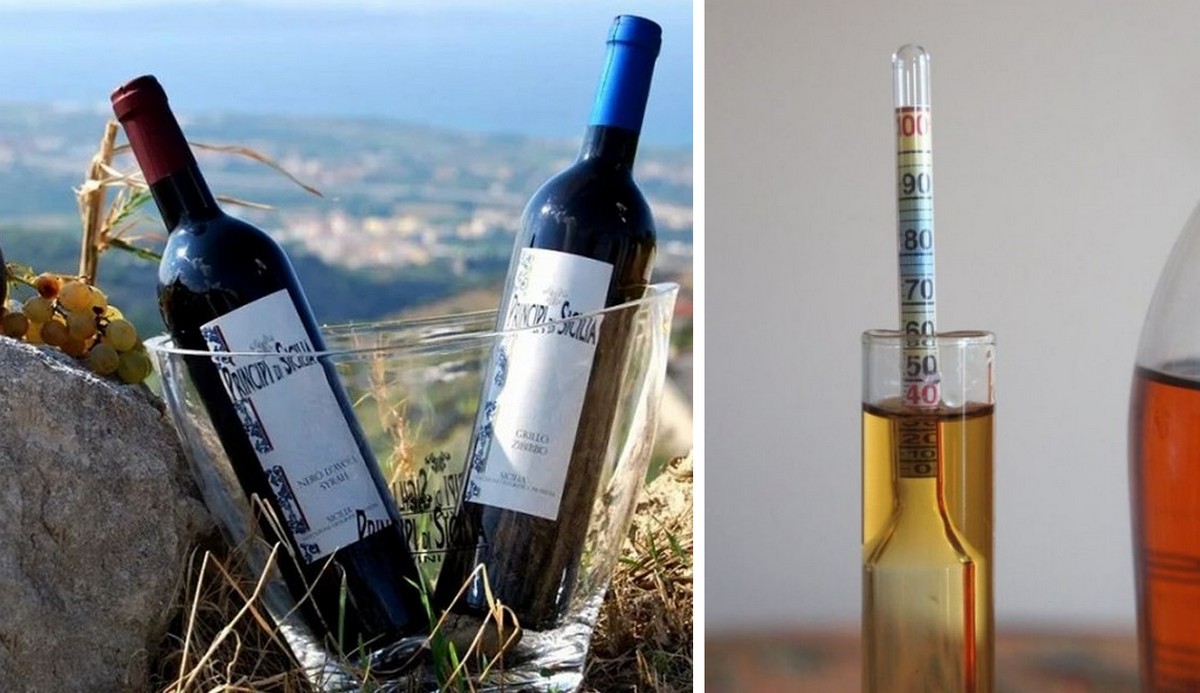If the wine tastes more alcoholic than stated on the label, the senses are not deceived. Producers in Europe lie about the content of alcohol level in drinks, deliberately underestimating its indication on the bottle. Why do they do it, the tourist sommelier told.
The expert explained in his blog that this trend appeared in Europe relatively recently, half a century ago, winemakers could only rejoice if there was more alcohol in the bottle. At that time, a high level of alcohol was considered an indicator of high-quality wine. A lot of alcohol meant that the grapes had ripened well and picked up a lot of sugars, which were then translated into percentages on the label. But in the last ten years, everything has changed to the exact opposite,” the author noted.
The climate and the trend for a healthy lifestyle told modern manufacturers to lower the alcohol level on the label. Global warming has led to the appearance of sweeter grapes in the usual European regions (Italy, Spain, Portugal, France) and, in principle, in vineyards where no one could even think of growing them (Sweden, Norway, the Baltic States).
Here is the sommelier’s explanation: “In traditional warm and hot wine-growing regions such as the Spanish Meseta or the Italian Sicily, grapes already accumulate too much sugar, which at the exit gives 15.5, 16, or even 17 degrees of alcohol in wine. It turns out to be some fortified wine without fastening! Meanwhile, the trend for a healthy lifestyle is growing and spreading, which makes people think about how much and what they drink… More and more people monitor the amount of alcohol they consume per week according to the “units” (alcohol units) system.
Reference: One unit is 10 ml of ethyl alcohol (8 g), equal to 25 ml of vodka, and about 100 ml of wine or 200 ml of medium-strength beer. Modern researchers have found out that men should not drink more than 4 units of alcohol per day, and women no more than 2 units. At the same time, there should be at least three alcohol-free days every week.
Followers of health care understand that drinking a glass of wine with 11% alcohol or another wine with 16% is a big difference in health, so in the European market, where every second person considers himself a health activist, there is an active demand for light, low-alcohol wines that do not load the liver and do not force her to process too much ethanol after drinking alcohol. In order not to scare off consumers, producers of mass-produced wines without a geographical indication often play tricks by slightly lowering the alcohol level on the label, but leaving it high in the wine. It is not about colossal numbers, but only about one degree, which for some can become critical when choosing alcohol.
“Lowering the level by two degrees will be problematic, but you can almost always steal a degree. At wineries working under DoC, DOCG, AOC, and their analogs, such tricks do not pass, because there is control from the control authorities… So the next time you buy a bottle of Rosso d’Italia, pay attention to the percentage of alcohol on the label and in the wine “, – urged the sommelier.

